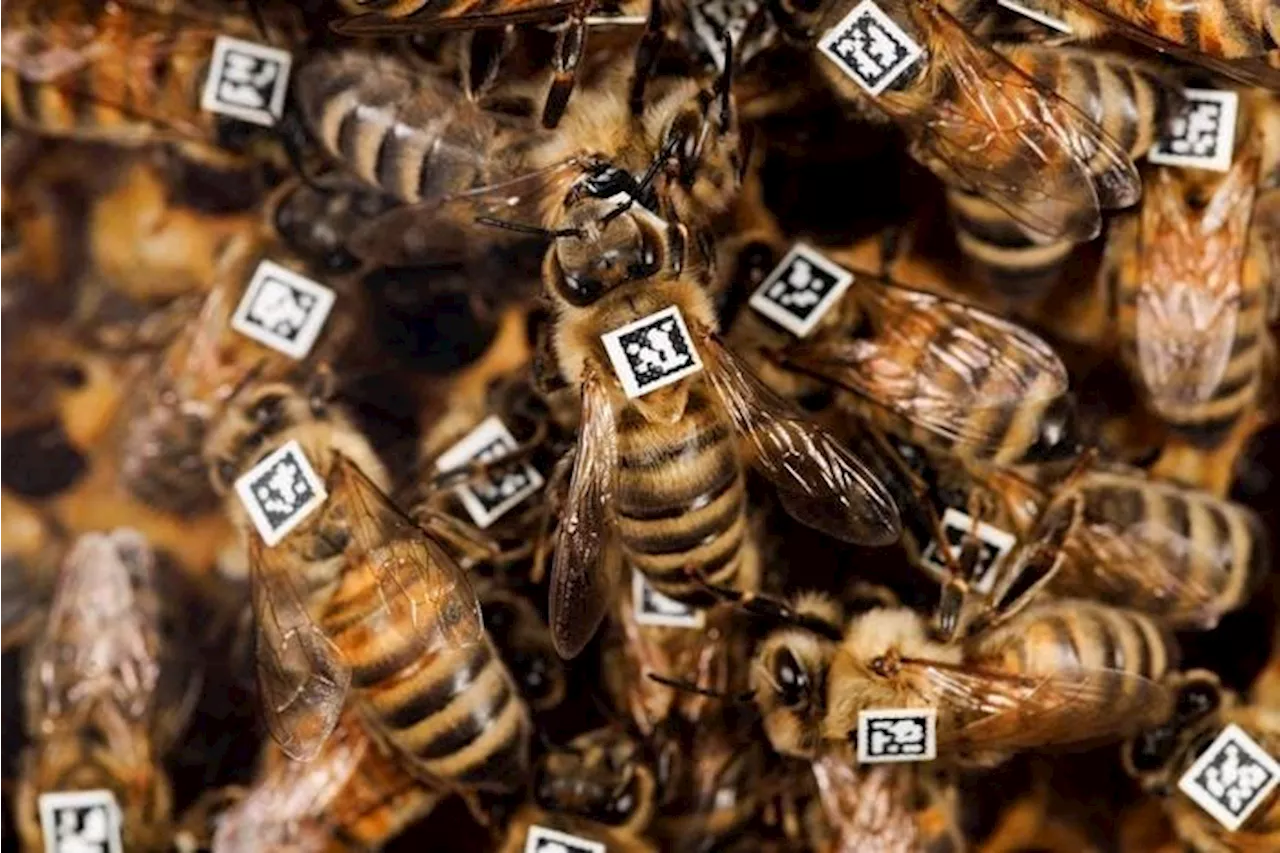A new study suggests that genes play a significant role in shaping the behavior of worker bees, influencing their roles within the hive. Researchers found that the 'doublesex' gene, crucial for sex determination in many species, is also essential for coordinating social behaviors in bees.
New evidence reveals that behavior may be predetermined by genetics. Generally, we consider behavior to be learned. By interacting with the world, different behaviors are reinforced or discouraged. A student who receives a high grade on a test will be more motivated to study and continue performing well. The reward of these habits creates a positive feedback loop. Studies suggest that our genes also influence our behaviors.
Genetics also plays a role in how we interact with each other. The oxytocin receptor gene and vasopressin receptor gene have been shown to mediate bonding behavior in various species, including humans. Variants in the oxytocin receptor gene, in fact, have been linked to autism spectrum disorder and depression. How an individual responds during a specific social experience, however, involves a complex interplay of genes and environmental factors.
Bee colonies have a unique social structure split into three castes: the queen, workers, and drones. The all-male drone bees generally leave the hive to mate with queens in other colonies. Female bees, therefore, perform the vast majority of tasks in the hive. Only one female bee, however, is queen. The remaining are infertile worker bees. Whether a female becomes a queen and a worker bee is influenced by a gene calledgene, which mediates the female developmental pathway.
GENETICS BEHAVIOR HONEYBEE SOCIAL STRUCTURE DEVELOPMENT
United States Latest News, United States Headlines
Similar News:You can also read news stories similar to this one that we have collected from other news sources.
 Supercomputer Summit powers study of 635,000 US army veterans’ genes for disease linksSummit's computing power helped researchers analyze data from over half a million veterans to uncover links between genes and disease.
Supercomputer Summit powers study of 635,000 US army veterans’ genes for disease linksSummit's computing power helped researchers analyze data from over half a million veterans to uncover links between genes and disease.
Read more »
 Numts: The Jumping Genes in Our DNA That May Affect LifespanA recent discovery reveals that numts, segments of mitochondrial DNA inserted into our chromosomes, are not static but constantly evolving throughout our lives. This finding raises fascinating questions about the impact of these genetic 'jumpers' on our health and lifespan.
Numts: The Jumping Genes in Our DNA That May Affect LifespanA recent discovery reveals that numts, segments of mitochondrial DNA inserted into our chromosomes, are not static but constantly evolving throughout our lives. This finding raises fascinating questions about the impact of these genetic 'jumpers' on our health and lifespan.
Read more »
 These 11 genes may help us better understand forever chemicals' effects on the brainA study using a tiny roundworm could pave the way for new treatments for neurodegenerative disorders. Researchers linked the worm gene swip-10 to copper regulation -- a vital element for brain health.
These 11 genes may help us better understand forever chemicals' effects on the brainA study using a tiny roundworm could pave the way for new treatments for neurodegenerative disorders. Researchers linked the worm gene swip-10 to copper regulation -- a vital element for brain health.
Read more »
 Chemical Abortion Pain Intensity Surprises Many WomenA new study reveals that many women undergoing chemical abortions experience more pain than anticipated.
Chemical Abortion Pain Intensity Surprises Many WomenA new study reveals that many women undergoing chemical abortions experience more pain than anticipated.
Read more »
 World's biggest breast sizes by country revealed — see where the US rankedStudy reveals which country’s women have the biggest busts
World's biggest breast sizes by country revealed — see where the US rankedStudy reveals which country’s women have the biggest busts
Read more »
 Hyperconnectivity and Digital Workplace Strain: Study Reveals Toll on Employee WellbeingA new study reveals the detrimental effects of constant digital connectivity on employee wellbeing, highlighting the rise of 'techno-strain' and the difficulty of switching off from work.
Hyperconnectivity and Digital Workplace Strain: Study Reveals Toll on Employee WellbeingA new study reveals the detrimental effects of constant digital connectivity on employee wellbeing, highlighting the rise of 'techno-strain' and the difficulty of switching off from work.
Read more »
